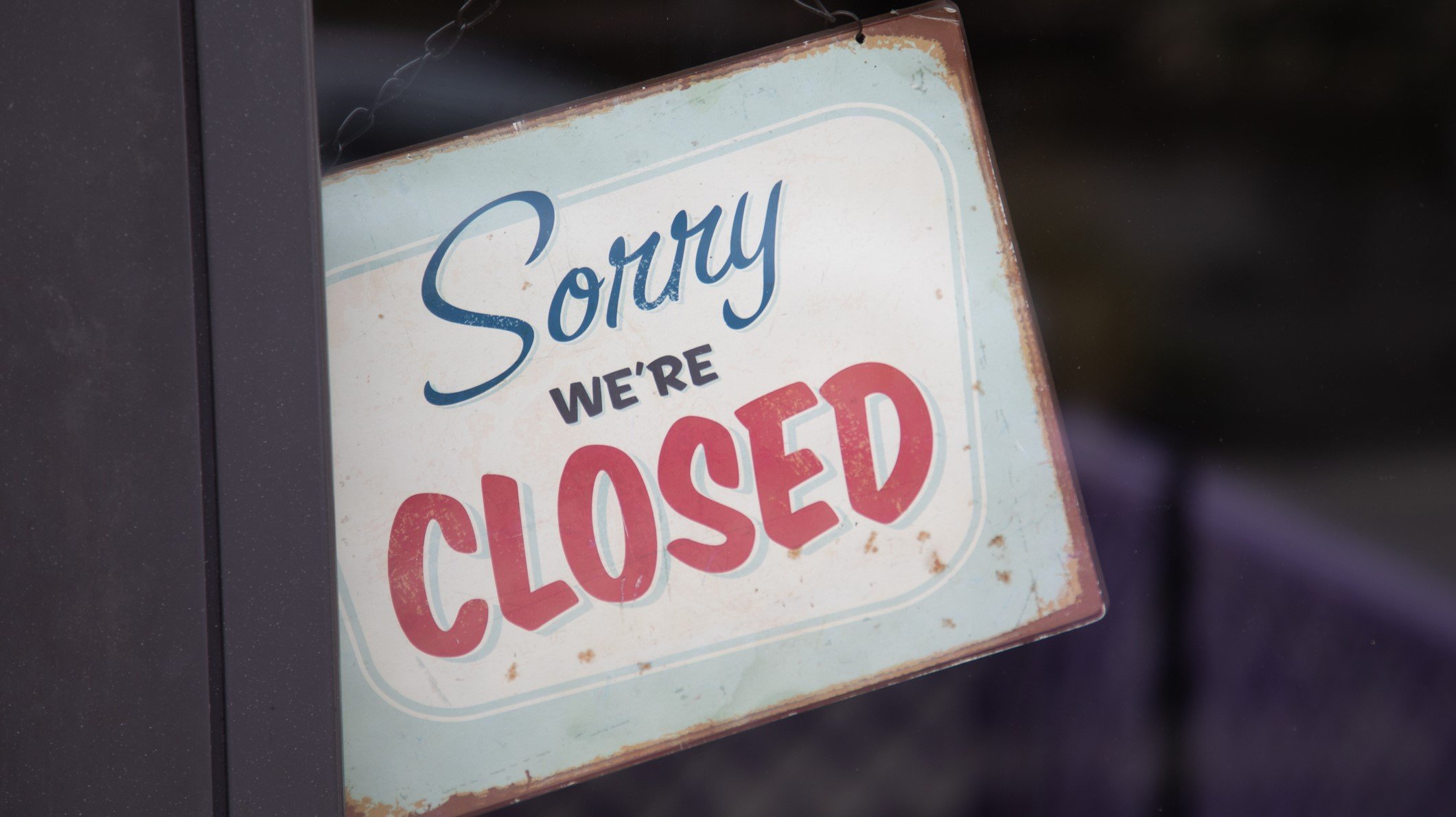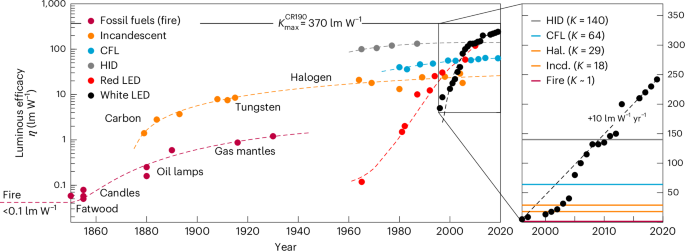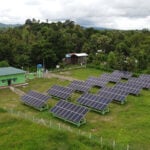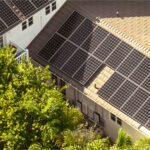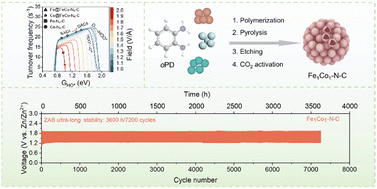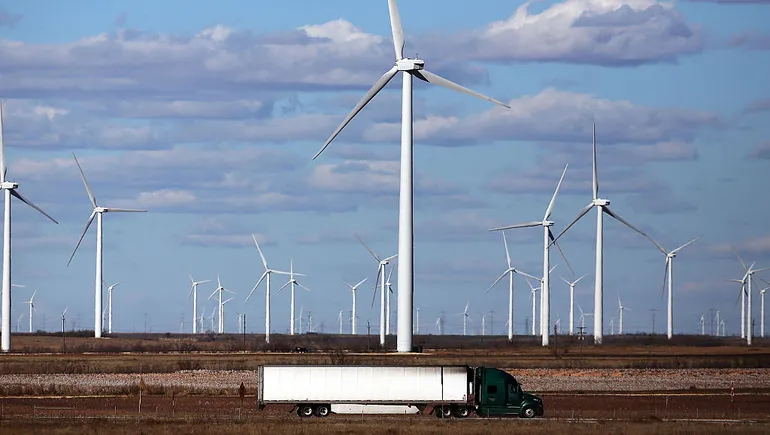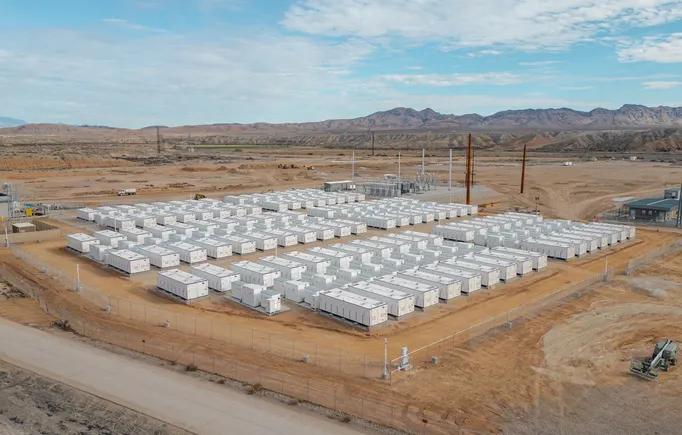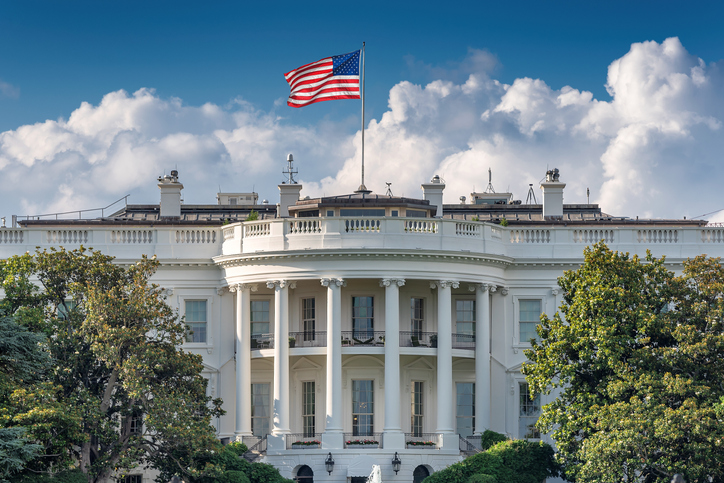Shanghai’s Property Market In 2025 Is On An Uptick
While China’s broader property market continues to reel, Shanghai’s first-tier status offers a measure of stability — suggesting the city may lead the road to recovery. The post Shanghai’s Property Market In 2025 Is On An Uptick appeared first on LUXUO.


Shanghai’s real estate market is starting to show indications of a cautious comeback after years of losing steam, which could represent a turning point in China’s larger real estate slump. A recent article by Jing Daily (2025) claims that in January 2025, property sales in Shanghai increased 14.9 percent month over month, primarily due to government policy interventions and regulatory relaxations intended to stabilise first-tier metropolitan markets.
Despite being modest, this comeback is noteworthy in light of the long-lasting national real estate crisis. In 2024, house purchases fell by 20 percent year over year in China, and developers faced challenges due to liquidity issues and dwindling customer confidence. However, in an otherwise unstable industry, Shanghai, a major global financial centre with a comparatively wealthy populace, has become a symbol of cautious optimism. While Shanghai’s broader property sector faces challenges, its luxury market is thriving, with more than 60 per cent of China’s 4,110 newly launched homes priced above 30 million yuan (USD 4.2 million) sold in the city last year, according to CRIC data reported by the South China Morning Post.

According to industry experts, the “property wealth effect,” or the psychological and financial influence of real estate assets on consumer behaviour, significantly impacts luxury spending and real estate performance. According to Jing Daily, high-net-worth individuals in Shanghai are apparently regaining confidence as luxury buyers return to the market and real estate values start to level off. This resurgence is particularly apparent in affluent areas such as Bund, Jing’an, and Xuhui.

Policy support has also been crucial. Shanghai local authorities have taken targeted actions, including lowering mortgage rates for first-time purchasers, relaxing regulations on buying second homes, and expediting developer licensing procedures. These initiatives aim to restore market liquidity and promote local and foreign investment in urban real estate assets.
The rebound is still uneven, though. Second- and third-tier cities still struggle with slow demand and oversupply, while Shanghai and other first-tier cities like Beijing and Shenzhen are stabilising. Economists warn that long-term outlooks are still significantly impacted by structural problems like consumer reluctance, youth unemployment, and demographic transitions.
However, Shanghai’s performance shows some promise. The number of transactions in the city increased from 6.5 million square meters in December 2024 to almost 7.5 million square meters in January. This reflects intentional investor movement and pent-up demand, as buyers try to lock in properties before prices rise.

Consumer sentiment and overall macroeconomic stability will determine a long-term recovery. Shanghai’s position as a vital pillar of the Chinese economy might be strengthened if it maintains its upward trajectory and becomes a model for urban recovery throughout the country.
While the country’s real estate market is still precarious overall, Shanghai’s tiny increase is “a welcome exception — perhaps even a model of resilience in an otherwise bruised property sector,” according to the Jing Daily report’s conclusion.
Savills Research Report
The Savills Research Residential Sales Report, based on data from October 2024, provides some encouraging statistics. For example, first-hand high-end apartment transaction volumes more than doubled to 383,129 sqm in Q3 2024, down 36.9 percent QoQ.

In Q3 2024, 11 developments, including Lakeville VI, One Sino Park, Blossoms China, and Casa Rivera, added 1,844 units to the market. High-end inventory was still widely available, mostly in central downtown neighbourhoods like Huangpu. This surge increased competition while giving prospective customers more options.
While some projects are anticipated to take longer to draw consumers, others sold out on launch day. Also, because the project launched in Q2 2024 attracted much interest, some of the pent-up demand had already been discharged.
In Q3 2024, eleven residential plots with a buildable area of roughly 688,000 square meters were put up for sale. They sold for RMB 32.1 billion, with an average premium rate of 11.2 percent and an accommodation value (AV) of RMB 46,700 monthly (USD 6,400).

“The Shanghai residential market experienced a slowdown during the quarter, but recent policy stimulus unlocks pent-up demand. With the government’s proactive support, the property sector is poised for a stronger recovery in the coming quarters,” states James Macdonald, Head of Savills Research.

Some market restrictions have been loosened, such as allowing non-local households to buy a home beyond the Outer Ring after paying income tax or social insurance for a year, even though Shanghai’s real estate market saw poor buying sentiment and fewer project visits. Non-local households are eligible to purchase a second residence after keeping three years’ worth of income tax or social insurance records.
For more on the latest in luxury property reads, click here.
The post Shanghai’s Property Market In 2025 Is On An Uptick appeared first on LUXUO.



































































